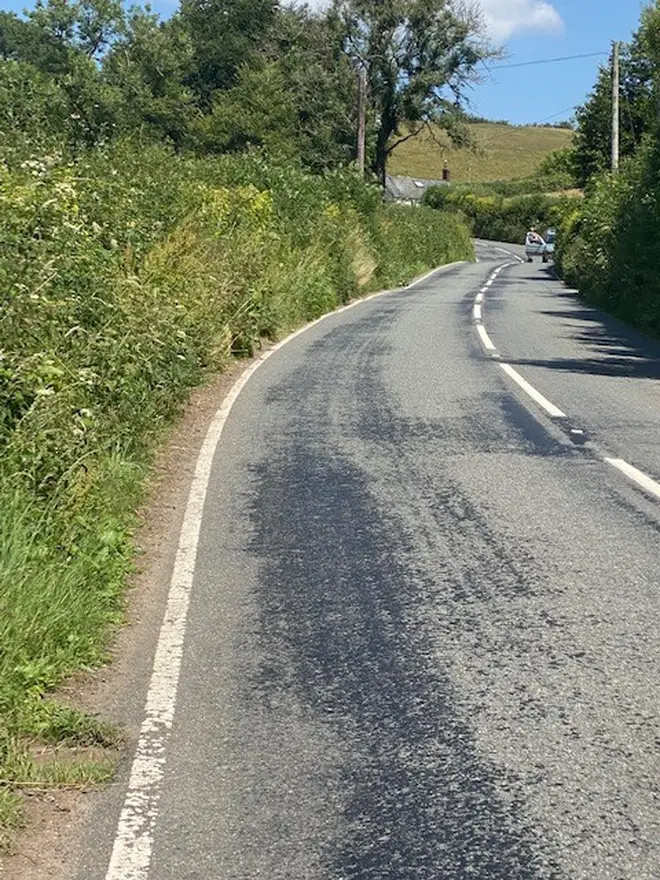
Paul Brand 10am - 12pm
21 July 2021, 14:19 | Updated: 22 July 2021, 11:19

Across the UK, unusual weather events are being reported as the UK swelters under extreme heat with temperatures set to reach as high as 33C on Friday.
The Met Office has this week issued amber warnings for extreme heat. One alert has been issued for Northern Ireland, and a second for the south west, south and central Wales and parts of the West Midlands.
When the warnings were first issued on Monday, it was the first time that the Met Office had issued an "extreme" heat warning.
The warnings will remain in place until 23:59 on Friday in Northern Ireland and 23:59 on Thursday in the south west, Wales and the Midlands.
Some MAJOR hail here in Kibworth, hope not too much damage done, I’ve already seen some bad examples on outdoor furniture and vehicles. pic.twitter.com/VUxwqxyweX
— Jennifer Thomas (@FSB_L_N_R) July 20, 2021
Temperatures have soared across much of England this week, hitting highs of 32.2C at Heathrow Airport on Tuesday, making it the hottest day of the year so far.
Public Health England have issued a heatwave health alert which has now been extended until Friday as the country continues to suffer from hot weather.
Just on the southern edge in Essex. Thundery for an hour then a tremendous hail storm. Not much lightning. pic.twitter.com/WvTEDCNjMM
— Damon Knight (@damoknight) July 20, 2021
Meanwhile, Northern Ireland set a new temperature record on Sunday as temperatures of 31.2C were recorded in County Down.
But this record could fall once again later this week with further hot weather forecast, as temperatures could reach as high as 33C in the UK on Friday.
In Somerset, the extreme temperatures have caused some roads to start melting, affecting areas across Exmoor.
Somerset County Council’s highway staff tweeted to alert drivers to the issue. "The blistering heat has caused some roads to melt (yes, melt). We are doing all we can to protect the roads.
"We will continue to monitor the situation over the next few days."

However, while many people are struggling with the heat, on Tuesday night huge hailstones fell over parts of the East of England that were the "size of golf balls".
Leicestershire was worst hit by the hailstorms, where cars and windows were damaged by the downfall. Images on social media showed some hailstones to be over 4cm in diameter.
At the same time, roads and houses flooded as torrential downpours hit eastern England, causing traffic disruption as major roads, including the A6, were closed or blocked by floodwater.
A yellow weather warning has been issued for the south of England over the weekend.
Due to climate change, the frequency of heat events and extreme weather such as this has increased in recent years.